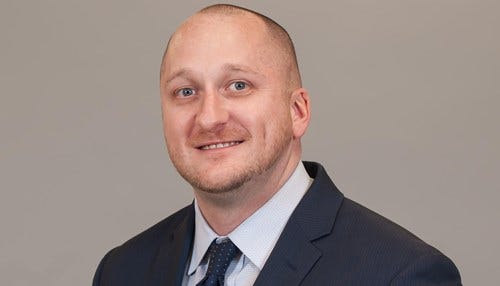Do Reverse Mortgages Deserve Their Bad Rap?

Subscriber Benefit
As a subscriber you can listen to articles at work, in the car, or while you work out. Subscribe NowMany preconceived notions surround the term "reverse mortgage," And, a lot of them are negative. In fact, it’s practically become taboo to broach the topic within the context of financial planning. But why is that?
What is a reverse mortgage and how does it work? Simply put, a reverse mortgage allows borrowers to tap into their home’s equity (similar to a home equity loan) without having to make a monthly payment. To qualify, the following requirements must be met:
- At least one borrower must be 62 years of age or older.
- The home must serve as the borrower’s primary residence.
- The borrower must have the financial resources to cover taxes, insurance, and maintenance for the house.
- The borrower must participate in a consumer information session given by a Department of Housing and Urban Development (HUD)-approved Home Equity Conversion Mortgage (HECM) counselor.
This all seems practical and clear cut. So why are so many people hesitant to explore the reverse mortgage as a viable financial planning tool? Much of that apprehension stems from the first versions of the product.
An Unbecoming History
While it may seem like a rather new option, the first reverse mortgages were written back in the early 1960s. At that time, fixed-rate options weren’t available, there weren’t any restrictions on equity distributions, and credit checks weren’t run.
But for many, the primary negative issue with reverse mortgages was this: If your spouse didn’t meet the required lending age of 62 years at the time the loan was processed, he or (typically) she had to be removed from the house title. That was a big deal because the loan was due, in full, once the borrowing spouse died. If the surviving spouse didn’t have the means to satisfy the loan, he or she was forced to vacate the home, which would then be placed in foreclosure.
You can see why reverse mortgages earned their tarnished reputation! In addition to this less than ideal situation, numerous misconceptions surrounded the product.
A Tool of Last Resort – No More!
Fortunately, reverse mortgages have evolved with the times. Once viewed as a “loan of last resort,” the reverse mortgages of today bear little resemblance to those of the ‘60s. Today, limits are in place to curtail excessive spending; HUD-approved counseling is required; and credit checks (to a limited scope) are run to help prevent foreclosures. Also, fixed interest rates are now available for the lump sum option.
In addition, costs have been re-structured in the following manner: Origination fees are capped at $6,000; mortgage insurance premiums are limited to 2 percent of the appraised home value; and on-going premiums are set at 0.5 percent of the loan balance, which can be rolled into the loan.
Upon qualifying for a reverse mortgage, a lender will determine the amount available for borrowing. This is based on the borrower’s age, the value of the home, and current interest rates. The loan can also be structured so you receive income (tax-free, mind you) in three different ways:
- Lump sum. (Only up to 60 percent of the approved loan can be taken in the first 12 months.)
- Annuity payouts.
- A non-callable line of credit.
Participating borrowers are using reverse mortgages in multifaceted ways. The reverse mortgage will eliminate the existing mortgage on the home, which frees up income to be used for other needs or desires.
For example, you can use this income to delay receiving Social Security payments until you are eligible to receive your maximum benefit. You can also draw from the line of credit in times when market returns are down so you won’t have to deplete your retirement assets too quickly. Another potential option: use the income stream for long-term care premiums.
Is a Reverse Mortgage for You?
The stigma surrounding reverse mortgages is slowly being eradicated and the new-and-improved product is finding its way into more financial plans. However, before taking that step, it is important to understand all the features, options, and ramifications that may impact you and your family. Consult your financial planner or other knowledgeable source. It is also important to work with a Federal Housing Administration (FHA)-approved lender when implementing a reverse mortgage.
Mathew Ryan, MBA, CFP, is a Financial Planning Specialist with Bedel Financial Consulting, Inc., a wealth management firm located in Indianapolis. For more information, visit their website or email Mathew.
